What do dachshunds eat?
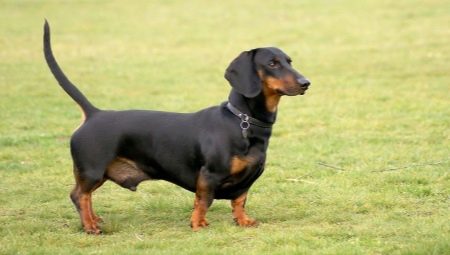
Dachshund is an unusual dog with a willful character. She is one of the ancient breeds. Initially, this breed was intended for hunting fur-bearing animals. The dachshund can work deep in the burrow. Due to its elongated constitution, it fits perfectly into the burrow, which allows you to grab the animal. The dachshund is quite hardy and strong, has powerful jaws, although its size is modest. It is worth considering in more detail what to feed the dachshunds, as well as what products should be discarded.

General recommendations for feeding at home
With proper feeding, your dog will grow healthy. If we consider the dietary habits of dachshunds, it is imperative to take into account the age of the animal. Experts advise adhering to the following recommendations for feeding at home.
- It is necessary to feed an adult dachshund only after a walk. If you neglect this rule, then the subsequent walk can lead to volvulus. It is worth giving up activity after feeding, the dog should rest for several hours.
- Puppies should be fed just before the walk as they want to go to the toilet after eating. This will help train your puppy to cope with his need for a toilet outside.
- It is necessary to provide access to water, while it must be clean and filtered.
- It is very important to maintain a balance between exercise and amount of food, as the Dachshund breed tends to become obese due to its increased appetite. For moving dogs, the portion should be increased, but for sedentary dogs, it should be reduced.
- If the dog has not finished eating its portion, then the food should be removed to prevent overeating, because if you often overfeed the dachshund, then it is dangerous for the spine. The appearance of herniated intervertebral discs, as well as paralysis of the hind legs, is possible.
- The food must be warm, since hot and cold food will only harm the animal's health.
- You should definitely refrain from adding salt to your dog's food.
- It is worth giving food at a certain time, this normalizes the work of the digestive system, and also allows you to eliminate the habit of begging.
- It is strictly forbidden to treat the dachshund with food from your table, since salty, sweet and spicy foods are harmful to the dog.
- Be careful when introducing new foods, as dachshunds are prone to allergies. If the dog begins to itch, redness appears, then this is a manifestation of an allergy, and new products should be excluded.
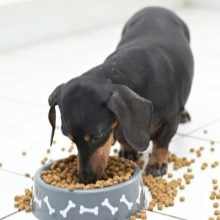
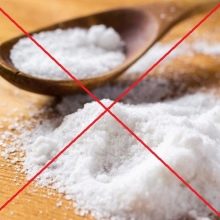
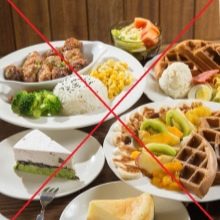
The amount of food and the frequency of meals is influenced not only by age, but also by the activity of the dog, its temperament, season, and so on. Puppies grow quite quickly, while they gain weight and have a good metabolism. But babies cannot eat large portions, therefore, they require frequent feeding. For example, at the age of three months, the dwarf dachshund needs 5 meals a day, even at night.
Over time, it is worth switching to four meals a day. Feeding rates for puppies differ from breed line, they are more dependent on weight. On average, the weight gain per day should be 20 grams.
For an adult dog, three meals a day will be enough: in the morning, at lunchtime and in the evening. If necessary, you can feed the dachshund twice a day, which is suitable for those people who cannot come home for lunch.
When calculating a portion of food, it is worth taking 40 grams of food per 1 kg of the dog's weight.

Natural or dry food?
Initially, it should be noted that there are several types of dog feeding. You need to consider each option in more detail.
- Dry food. This is a specialized food that does not need to be cooked, so it is chosen for their pets by the owners who are unwilling or unable to cook and control the menu. Dry food contains all the essential vitamins and minerals. You can choose a food option for the specific needs of the animal.
- Natural food. Many dog owners choose natural foods as their variety allows them to create a varied diet. Dogs eat not only healthy, but also delicious food.
- Combined view. This option is a kind of mix when the dog is given both natural food and feed. The main rule is that one meal should include either natural food or dry food.
You should be very careful when training your dog to new food. It is worth giving her body time to adapt to the new food. It is very important to observe your dog's reaction to new food. If you have problems with stool or if your dog is not feeling well, it is worth trying another type of feeding. And do not forget that the individual preferences of the dog also play a big role.
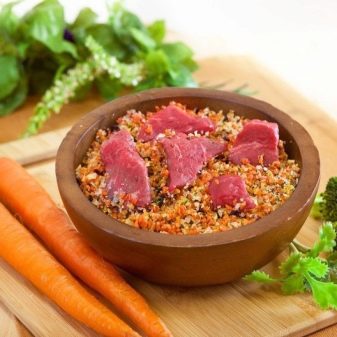
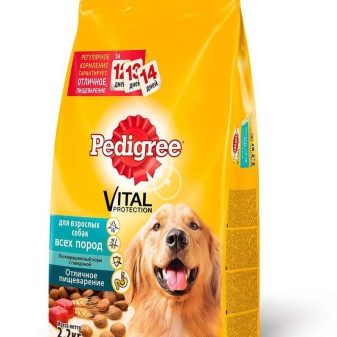
Dry
The ready-made food is popular with many owners, but it is worth choosing the right one, specifically for your dog. It is very important in this matter to take into account the weight, age, general health and activity of the dachshund.It is fairly straightforward to calculate a one-time amount of feed, as each package usually describes this issue carefully. If you are buying puppy food, it is best to soak it before eating. It is necessary that the animal always has access to water if the dog eats dry food.
The advantages of dry food are as follows:
- convenience and ease of use;
- preparation does not take much time;
- if you wish, you can purchase food in reserve;
- the composition is balanced, so there is no need to additionally purchase a vitamin and mineral complex for the dog.
Among the disadvantages are the following:
- the presence of preservatives in many dry food, and they lead to poor health over time;
- excellent quality foods are quite expensive - these include super premium foods and holistic foods.
Important! If there is no money for high quality dry food, then you should not buy low quality products, it is better to switch to natural food.
It is recommended to purchase products from brands such as Brit, Royal Canin, Bosch, Barking Heads, Arden and others.
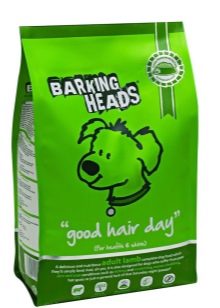
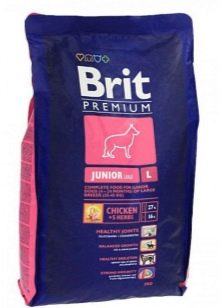
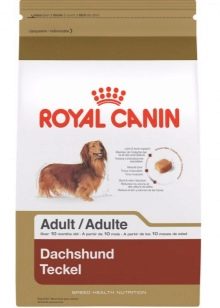
Natural
Many breeders claim that only natural food can provide a dog with proper nutrition, while still receiving all the necessary components for normal development. Natural food is characterized by usefulness and deliciousness. It is worth using exclusively fresh products, while avoiding artificial additives.
Among the advantages of natural nutrition, the following should be noted:
- natural composition;
- if necessary, you can change the diet using different proportions of products, taking into account the needs of the rate.
But do not forget about the disadvantages.
- Many dog breeders cannot correctly formulate the diet, since it is impossible to determine "by eye" how much vitamins and minerals a dog needs, which leads to an excess or deficiency of all kinds of substances. It is worth consulting with your veterinarian to find the optimal diet.
- Cooking takes a long time, so this option is not suitable for people who are too busy. The food should be fresh, so do not boil large portions.
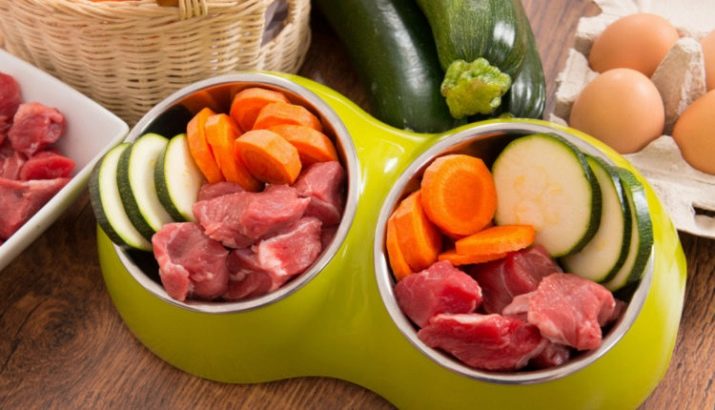
Nutrition by age
Each dog owner chooses the feeding option that suits him and his pet. Experts advise to continue to feed the dachshund with the same food as the breeder. If you stick to this type of diet, you can protect your puppy from allergic reactions. But if you have a desire to transfer it to a different type, then you should do it without haste, while it is strictly forbidden to mix two types of feed in one feeding. It is worth adhering to the following recommendations in order to properly organize the diet of the dachshund:
- up to three months, the dachshund should eat 4-5 times a day, while maintaining an equal period of time between feedings;
- overfeeding should be avoided at any age;
- food should be free of salt and spices, as well as room temperature.

Complementary feeding of a newborn
Initially, puppies eat exclusively mother's milk. If the puppy develops normally, then it is possible not to feed him until one month. But if health problems arise, then it is worth feeding him extra. For a puppy up to 1 month old, natural milk or milk-based mixtures are suitable.
To correctly designate a portion for a puppy, it is worth starting not only from his age, but also from weight, individual characteristics. Up to two weeks, the dog should be fed every 2 hours, from two weeks to one month the number of feedings decreases, because it is worth gradually increasing the time between feedings from 2 to 3 hours, not forgetting to include a night break, which usually includes 4-6 hours.
Important! The nutritional value of milk also affects the time interval between feedings. The fattier the milk, the less often the puppy wants to eat.
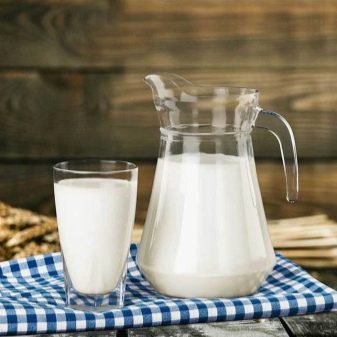

1 month
The diet of a 1 month old puppy should be varied.During this period, it is worth gradually introducing cereals, for example, rice and buckwheat, as well as adding vegetables. An excellent dish is rice soup with grated carrots. You can also give the puppy to nibble on a raw carrot, which will be very beneficial for his teeth. Occasionally, you can enter children's kefir into the diet, but with a low fat content.
Important! A month-old puppy should be given food that is no longer liquid, but also not very solid. And you also need to remember that vitamins play a very important role during this period.

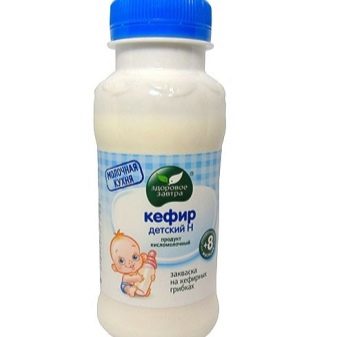
2 months
Already from two months a small dachshund can be fed with meat. It is worth giving preference to beef, turkey and chicken. The meat is usually mixed with buckwheat or rice porridge. Pre-boil the meat. If we compare the proportions of meat and porridge, then the first ingredient should be 1, and the second - 3 parts. If the puppy has allergic manifestations, then it is better to refuse chicken, so as not to aggravate the situation even more. Pork should be given very rarely, since it can lead to disorder, and it is better to exclude it altogether from the diet of both a puppy and an adult animal.
It should be remembered that fruits and vegetables must be present in the diet of a dachshund, since they will provide her body with useful substances. A great addition is a combination of cottage cheese and raw egg. This tandem should be given in the morning. Your puppy's chair will help you determine which foods are not suitable for your puppy.
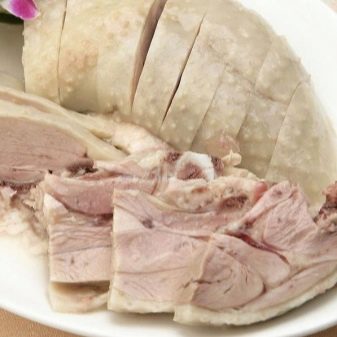
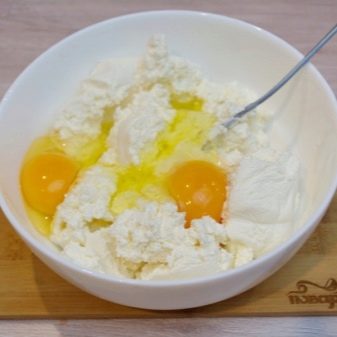
3-5 months
During this period, you can begin to slowly transfer the puppy to adult food. Since the digestive system is already functioning normally, raw meat can be added to the diet. But don't overdo it. You should start with lean meat - veal or beef. And you can also add by-products, but only those that have undergone heat treatment. The presence of vegetables, cereals and soups remains unchanged.
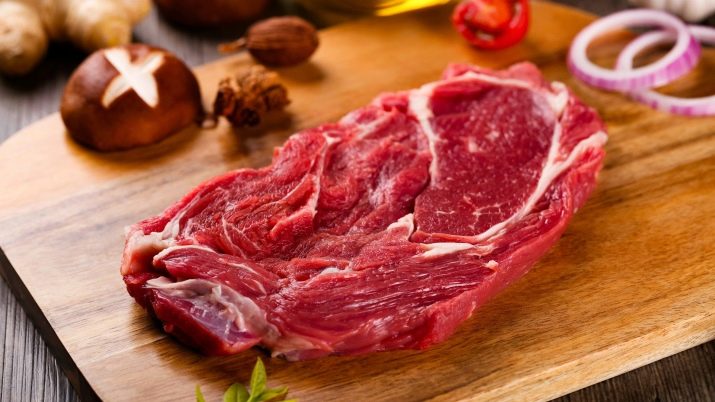
Half a year
At the age of six months, you can begin to gradually expand the diet of the dachshund, giving it to try various products. During this period, the dog's tastes are already beginning to form, she understands what products she has favorite. At six months, you should carefully monitor the growth of teeth and the general formation of the support system. Usually from 6 months it is worth giving vitamins, despite the fact that the dog is eating well.
The dog grows in size, so the portions should get larger.
But this only lasts until 8 months, after which the dachshunds start to slow down, and the portions should also decrease slightly. Already closer to one year, the dachshund eats 2-3 times.

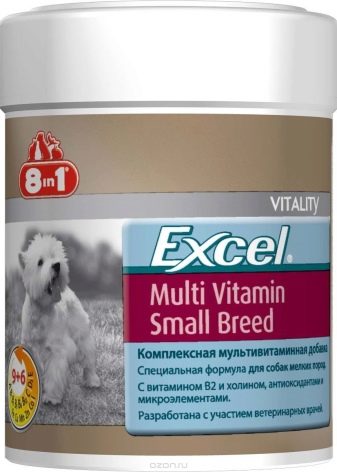
Year
A one-year-old dog can be fed like an adult, but it should be borne in mind that with strong physical exertion, the portion should be increased. At 1 year old, the dachshund already eats many products. If you prefer natural food, then the following products should be included in the dachshund menu:
- meat: rabbit, turkey, beef, veal;
- meat offal;
- fish: peeled, lean, boiled;
- meat and fish broths;
- milk - if the dog is lactose tolerant;
- fermented milk products: sour cream, kefir, fermented baked milk and others, while home-made products should be preferred;
- chicken and quail eggs;
- cereals: rice, buckwheat, pearl barley, barley and wheat;
- vegetables - only raw cabbage and boiled potatoes should be excluded;
- fruits - you will need to give up very sweet berries;
- bran;
- grass;
- greens.
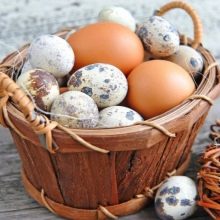
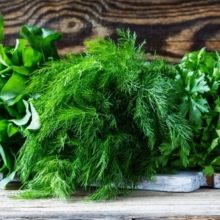
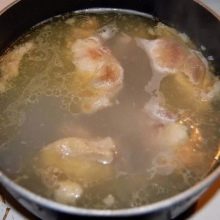
Adult dog food
All the main components for natural or mixed feeding are listed just above, but it is worth dwelling in more detail on some products.
- Meat. It should be 1/3 of the total meal. The best solution is turkey, lamb, or veal. Chicken and pork should be discarded. It is recommended to cook the meat to avoid helminth infestation. But if the meat is accurately checked, then it can be doused with boiling water or given to the dog in raw form. But the by-products should be cooked completely.
- A fish. It is necessary to give the dachshund only sea fish, because parasites are quite common in the river. It is imperative to clean the fish, remove the bones and boil.
- Porridge. They are irreplaceable, since they must be present in the diet of a dachshund every day - 20-40%. Oatmeal, rice and buckwheat are popular. If you cook other cereals, then it is worth taking into account that barley porridge is absorbed by only 30%, millet has a laxative effect, and beans lead to intestinal bloating. It is better to refuse semolina porridge, as it promotes rapid weight gain, and intestinal problems may also occur.
- Fruits and vegetables. They should fill half of the entire diet. They can be used both boiled and raw, but in a pulverized state. They contain a lot of vitamins, carbohydrates and fiber. It is better not to experiment with exotic products. Celery and cilantro should be discarded.
- Dairy products. You can give the dachshund a variety of milk. She loves kefir and yogurt, and will not refuse cottage cheese.
- Eggs. They should be present in the diet, but they should not be overused. 1-2 eggs per week are enough. They can be served raw, boiled, or as an omelet.
- Vegetable oil. It should definitely be added to porridge, since it acts as a source of amino acids.
Important! Before you feed your dog, prepare each ingredient separately.
Products should only be mixed before serving. The broth is not given on its own, it is usually used to dilute a dish that is too thick.
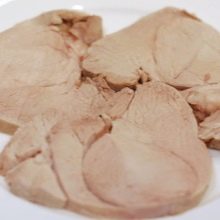
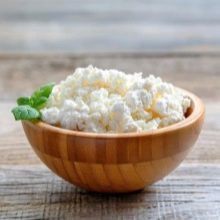
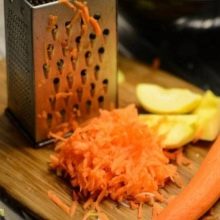
What cannot be given?
Special attention should be paid to products that are better off, namely:
- bone mass - the bones have a tubular structure, so they are not useful, in addition, they can injure both the palate of the dachshund and the intestines;
- chocolate - this product may cause poisoning;
- sausages and sausages - they mainly contain saltpeter, and it, in turn, leads to cirrhosis of the liver;
- onion and garlic - these products have a negative effect on the intestinal walls, corroding it;
- fatty, fried, salty food and smoked meats - they negatively affect the functioning of the liver;
- pork (like other parts of the pig) - it usually contains more parasites than other meats, and pork is also quite fatty, which contributes to weight gain;
- sweets - confectionery should be completely excluded, since sucrose negatively affects the teeth and the functioning of the gastrointestinal tract.

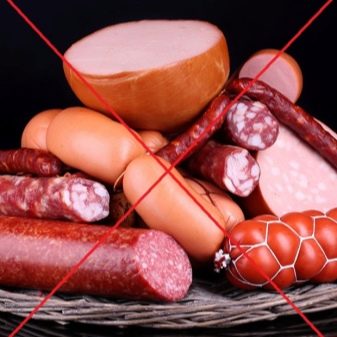
Manufacturers overview
Today, many Russian and foreign manufacturers offer dry and wet dog food. They can be divided into the following groups:
- economy;
- premium;
- super premium.
Important! The lower the cost of feed, the less meat it contains, as well as energy value.
You should immediately abandon economy-class feeds, since they usually include a large amount of dyes and chemical elements to enhance the taste, because there is almost no quality in such food. Such feeds do not have any vitamins or minerals, as they are prepared mainly from offal. In order for the dog to be full of food, its amount must be doubled.
Premium and super premium feeds are, of course, expensive. But they are quite satisfying, because they are made from natural meat, and also contain vitamins and minerals. Among the manufacturers of this segment, the following brands should be noted:
- Royal Canin;
- Grandorf;
- Acana;
- Pro Plan.
These companies offer a wide range of quality dog foods, including dachshunds. They do not use preservatives or other substitutes, since the main ingredient is meat.
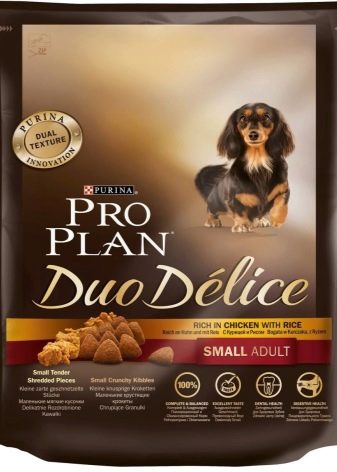
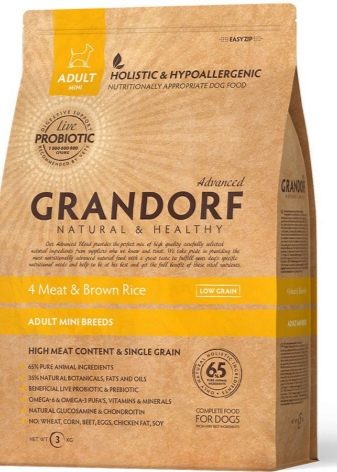
See below for more details.






































